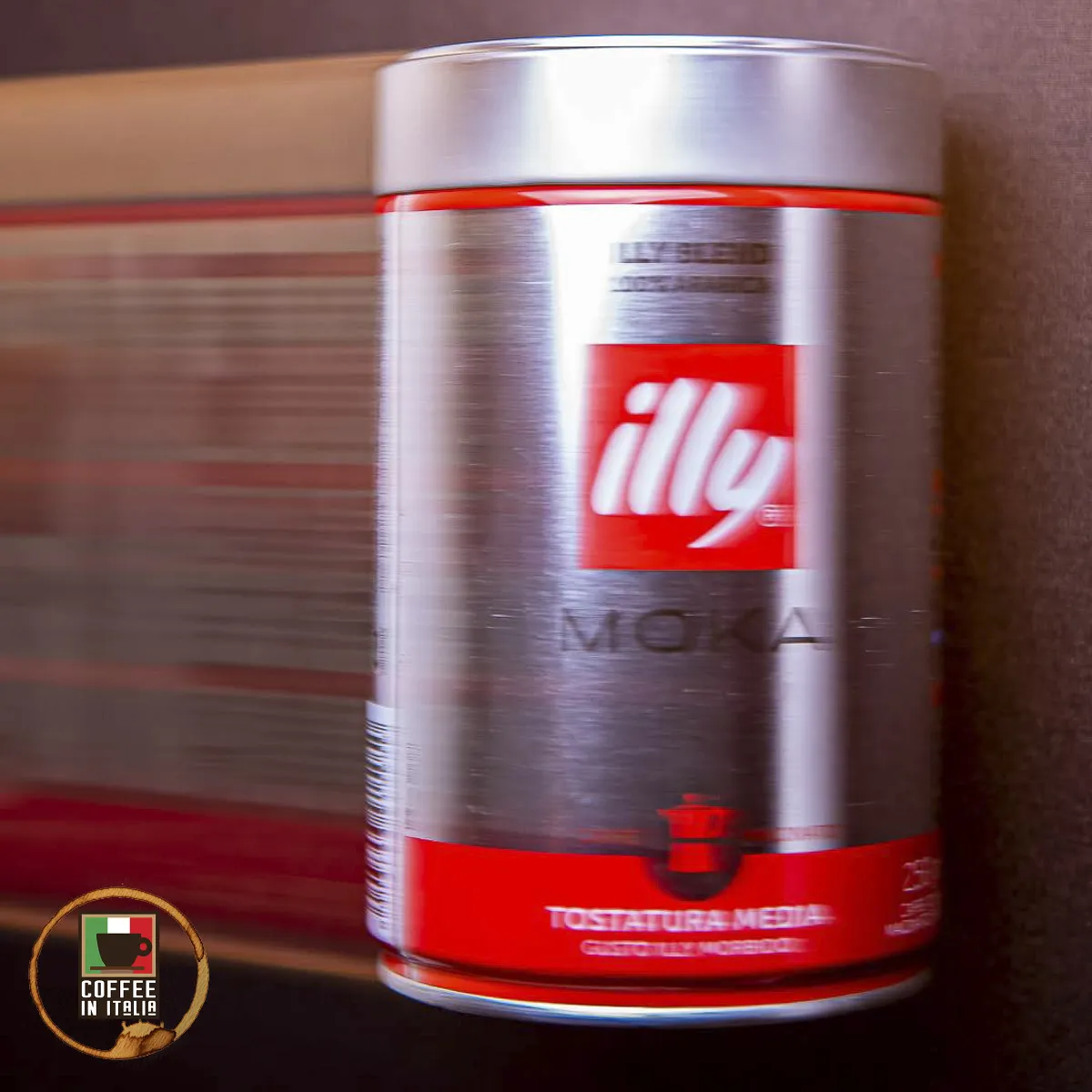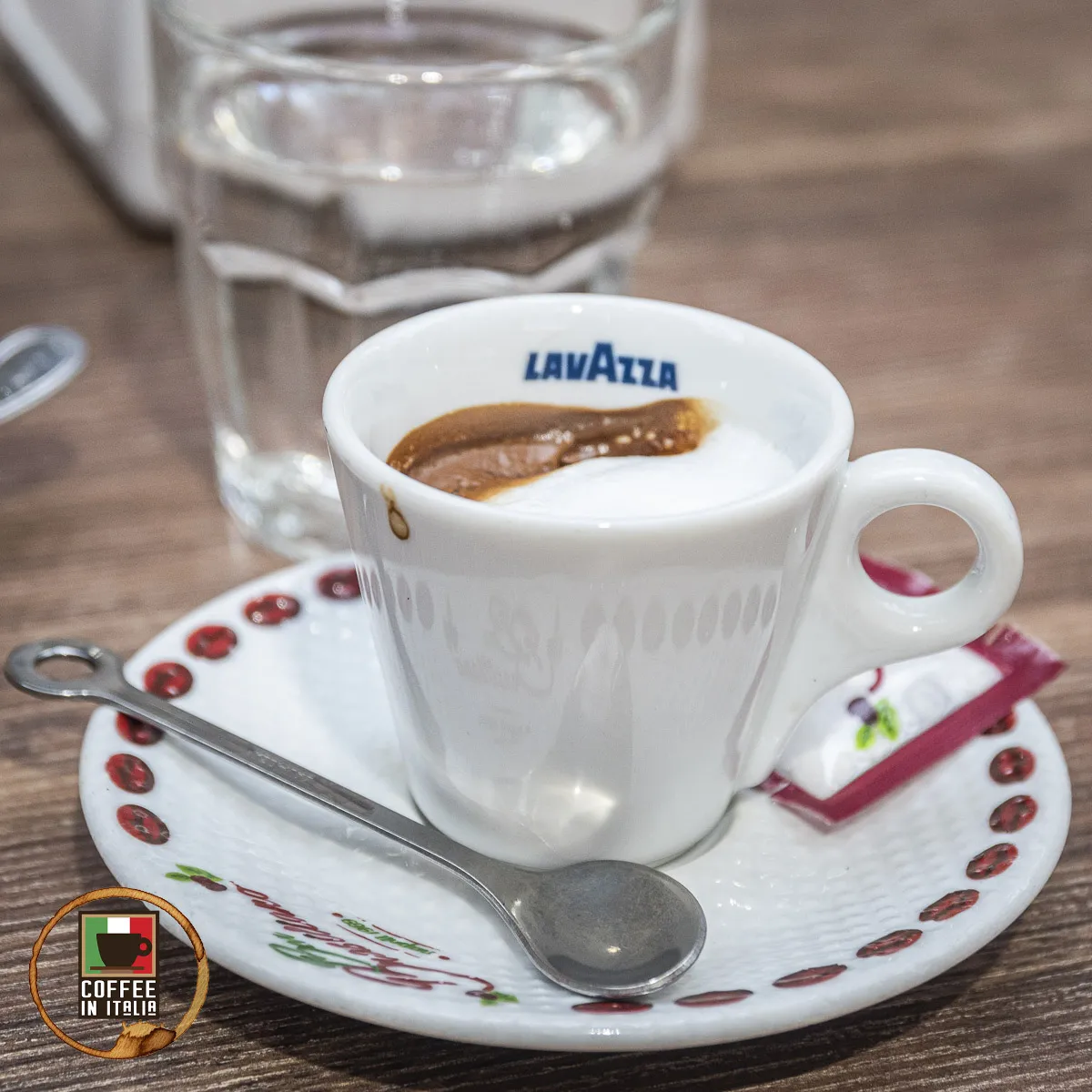Italian Coffee Culture: Tradition, Taste And Community
The frequently copied Italian coffee culture has been developed for centuries and the results burst with traditions, amazing tastes and a sense of community.

Italian coffee culture is a vital part of the country’s identity, characterized by deep-rooted traditions, artistry, and social rituals. Coffee was introduced to Italy in the 16th century, quickly becoming a cornerstone of social and intellectual life. Venice played a pioneering role, with early coffeehouses such as Caffè Florian, founded in 1720, serving as cultural hubs for artists and thinkers. Over time, the espresso emerged as the quintessential Italian coffee, revolutionizing how coffee is prepared and consumed.
Ordering Coffee In An Italian Bar
Ordering a coffee in Italy is almost a requirement when you travel here and our guide will help you overcome any hesitation you might have. For more information, check out: How To Order Coffee In Italy – Our Helpful Guide.
Ordering coffee in Italy is not just about grabbing a drink, it’s a cultural experience steeped in tradition, social connection, and caffeine precision. Our handy guide walks you through the options, the process and offering tips on everything from payment etiquette to enjoying coffee the Italian way.

Ordering coffee in Italy is as much about Italian coffee etiquette as it is about taste. Italians typically drink coffee standing at the bar, treating it as a brief but social ritual. Key etiquette tips include ordering cappuccino only in the morning and avoiding customizations like syrups or milk after 11 AM. This minimalist approach reflects Italian respect for tradition and simplicity.
By embracing these recommendations on how to order a coffee in Italy, you’ll not only enjoy an authentic Italian coffee but also immerse yourself in a rich cultural tradition that values quality, connection, and a shared appreciation for life’s simple pleasures.

Main Italian Coffee Drink Varieties
If you are looking for a new Italian coffee drink to be your favorite then you should check out these popular drinks.
Italy’s coffee culture is renowned worldwide, blending art and taste into every cup. Each coffee variety has unique preparation methods, origins, and cultural contexts. Below is the start of a journey through some of the most iconic Italian coffee drinks and some of the the stories behind them. These start with the basic and familiar coffee drinks:
- Espresso: The backbone of Italian coffee, a rich and concentrated shot.
- Cappuccino: Equal parts espresso, steamed milk, and foam, enjoyed exclusively in the morning.
- Macchiato: An espresso “stained” with a splash of milk, balancing boldness with creaminess.
There are more Italian coffee drinks that you should check out. Some to help with digestion, some sweet, some cold and all are delicious. If you want to check out more information on the most popular options available in an Italian coffee shop, check out: The Best Italian Coffee Drinks That You Will Love.

Suspended Coffee In Italy
The tradition of caffè sospeso (suspended coffee) originated in Naples. Customers pay for two coffees, one for themselves and one for someone in need. This practice embodies Italian generosity and the spirit of community, showing how coffee culture extends beyond consumption to acts of kindness.
In some bars the receipt is given to the barista and held onto when requested, and in other cases, like in Gran Caffè Gambrinus, there is actually a pretty ornate vessel placed by the door into which someone can put the receipt for the next patron who can use some help.

The concept of caffè sospeso dates back to early 20th-century Naples, particularly in the working-class cafés of the city. Southern Italy has been traditionally poorer than the northern cities and poverty could always be a part of your life in Naples.
For more information on this generous custom, consider this detailed article: A Suspended Coffee For Your Fellow Coffee Drinker.
Coffee Cities In Italy
Italy is synonymous with coffee. Its lasting coffee culture that is deeply tied to tradition and innovation has attracted people worldwide. From its espresso bars to its iconic brewing techniques, coffee in Italy is not just a drink, it’s a way of life.
We wanted to spend some time highlighting some of the most important coffee cities in Italy. We will try to explore their historical significance, cultural impact, and unique contributions to the world of coffee.

These aren’t the only places in Italy to enjoy your favorite espresso, but they have had a large impact on culture and tradition. Each city offers a unique perspective on how coffee has evolved in Italy, reflecting the diversity and richness of this beloved beverage:
- Naples: Famous for its intense and traditional Caffè alla Napoletana preparation.
- Trieste: A blend of Italian and Austro-Hungarian influences, offering unique variations like capo in B (espresso with milk in a small glass).
- Milan: Known for its chic coffee bars and modern takes on classic drinks.
Most major cities have their own defined coffee culture, and some pretty cool coffee shops that you should definitely check out. For additional information on the most important coffee cities in Italy, please take a look at: These Are The Best Italian Coffee Cities For Culture.

Regional Coffee Differences In Italy
Italy’s regional diversity shines through in its coffee culture. In Southern Italy, strong, robust coffee is preferred, while Northern regions like Venice and Trieste lean toward lighter, creamier options. The variations reflect local tastes and historical influences, making Italian coffee culture richly varied.
Italian coffee roasting is renowned for its balance of tradition and artistry. Contrary to the assumption that all Italian coffee is dark-roasted, the country boasts a range of roast profiles:
- Light Roasts: Popular in northern Italy, the light roasts are used less frequently but ideal for creating nuanced flavors, often for drinks like Caffè Americano that are targeting an American palate.
- Medium Roasts: A balanced option, which is popular in central Italy around Rome and Florence, these are known for their smooth texture and complex flavor.
- Dark Roasts: The hallmark of Italian espresso, delivering the rich, robust flavors Italians prefer. In Naples, you will enjoy the best examples of dark roasts at home or in the local bar.
For more information on the regions, styles and drinks that you can find all over Italy, this article will have more information: Italian Coffee Roasting Profiles Are As Diverse As Italy.

How Has Italian Coffee Culture Influenced The Global Coffee Industry?
Italian coffee culture is rooted in tradition and innovation and has significantly influenced the global coffee industry. From its groundbreaking espresso technology to its cultural rituals, Italy’s impact extends beyond its borders, shaping how coffee is prepared, consumed, and appreciated worldwide.
Coffee reached Italy through Venice in the 16th century and quickly became a staple of Italian social life. Italian coffeehouses, like the iconic Caffè Florian in Venice and Antico Caffè Greco in Rome, played a vital role as hubs for cultural and political discussion. Unlike other European establishments, Italian cafés welcomed diverse patrons, fostering a culture of inclusivity and community.
Italy’s defining contribution to coffee culture is the invention of espresso. In 1901, Luigi Bezzera patented the first machine capable of producing concentrated coffee quickly, giving rise to espresso.

Francesco Illy refined this technology in the 1930s, making espresso a global phenomenon. This innovation not only changed the way coffee was brewed but also laid the foundation for espresso-based beverages like cappuccinos and lattes.
For more information on the influence that Italian coffee culture has had on the world, check out our supporting article: How Can Italian Coffee Culture Influence The Globe?
How Does Italian Coffee Culture Reflect Broader Italian Values?
Imagine strolling into a coffee bar in Italy for your morning espresso. There is a good size crowd at the bar, all talking amongst themselves. There is a line at the cash register and a handful of tourists looking very confused.
While the tourists might not be experiencing this, the others are enjoying a coffee culture that is entirely influenced by the border Italian culture. Italian values such as community, tradition, being price conscious and appreciating quality. This coffee culture is steeped in history and rituals that reveal how Italians prioritize relationships, savor life, and maintain their heritage.

Italian coffee culture and its rituals mirror the country’s values of simplicity, community, and respect for tradition. The practice of throwing back a quick espresso at the bar emphasizes efficiency without sacrificing quality or connection, encapsulating the Italian appreciation for life’s small pleasures. For more information on this, check out our other article: How Do Italian Values Influence Italian Coffee Culture?
What Does Coffee Say About Class And Social Identity In Italy?
Historically, Italian coffeehouses served as melting pots for different social classes. However, coffee bars like Caffè Florian in Venice, which opened in 1720, became hubs for intellectual discourse and political debate, attracting people from the distinct social strata in Italy. Personally, I don’t see the bars for intellects and artists being the same for the laborers or poor.

Today, coffee bars maintain this egalitarian spirit, offering affordable espresso for as little as one euro, ensuring that coffee remains accessible to everyone regardless of income level. Much is made when prices of espresso creep up as it is seen as a sign of greed on the owners part.
Coffeehouses in Italy became melting pots of social classes, offering an inclusive space for intellectual exchange. Today, coffee remains a universal ritual, but subtle distinctions, such as ordering at the bar versus sitting, can hint at class or lifestyle preferences. However, its accessibility ensures coffee is a cultural equalizer. For more information on social class and coffee culture, check out: What Does Coffee Say About Social Class In Italy?
How Has Tourism Shaped The Experience Of Italian Coffee Culture?
Picture yourself in a bustling Italian café where locals sip their espresso at the bar, exchanging pleasantries with the barista. Amid the chatter, tourists (including me) snap photos of their cappuccinos, marveling at the frothy latte art.

Italian coffee culture is iconic, steeped in tradition, yet increasingly influenced by global trade and tourism. How has this interaction shaped the essence of Italian coffee? Tourism has reshaped the coffee experience in Italy, blending traditional rituals with global expectations, offering both challenges and opportunities for this cherished cultural practice.
Tourism has popularized Italian coffee traditions globally, but it has also brought changes. Many tourists seek elaborate coffee experiences, contrasting with the quick, straightforward rituals of locals. While some establishments cater to these preferences, authentic bars maintain the essence of Italian coffee culture, offering visitors a glimpse into local life.
For more on these trends, please take a minute to read: The Influence Of Tourism On Coffee Culture In Italy.
Italian Coffee Culture Is A Gift To Us All
Not to overstate the importance of Italian coffee culture, but when you consider how it is loved, and copied, around the world you can’t help but to admire its influence. If you enjoyed this article, be sure to check out some of the supporting articles that are linked above for more details. Also, if you are curious and/or intrigued by Italian coffee culture, get started today with a moka pot and any decent Italian coffee you can find at your grocery store and you won’t be disappointed!





